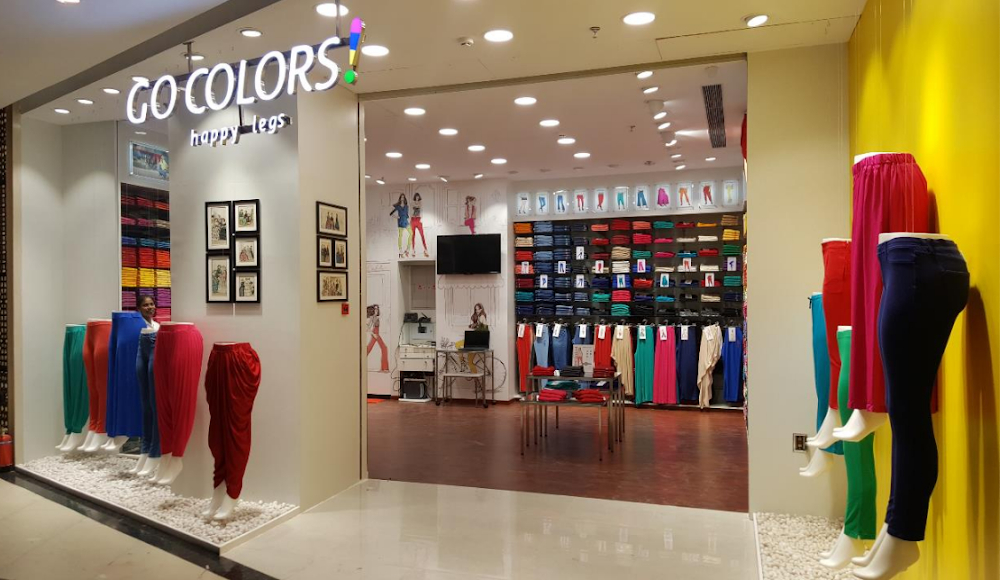Digitizing photos for embroidery is an innovative way to transform treasured memories into beautiful and tangible art. Whether you’re a hobbyist or a professional embroiderer, mastering this skill can elevate your designs and bring your creative visions to life. This guide is tailored for beginners who want to learn the process step by step and optimize their techniques for the best results.
What is Photo Digitizing for Embroidery?
Photo digitizing for embroidery involves converting an image into a digital embroidery file. This file guides the embroidery machine in stitching the design onto fabric. Unlike standard embroidery designs, photo digitizing requires precision to replicate the intricate details of a photograph.
Why Choose Photo Digitizing for Embroidery?
Digitizing photos for embroidery offers numerous benefits:
- Personalization: Turn family portraits or special moments into unique gifts.
- Artistic Expression: Showcase your creativity through detailed embroidered designs.
- Durability: Embroidered images last longer compared to printed designs on fabric.
Step-by-Step Guide to Digitizing Photos for Embroidery
1. Select the Right Photo
Choose a high-resolution image with clear details and good contrast. Avoid overly complex photos, as embroidery machines can struggle with excessive intricacies. Portraits with simple backgrounds work best.
2. Choose Appropriate Software
To digitize a photo, you’ll need embroidery digitizing software. Some popular options include:
- Wilcom Embroidery Studio
- Brother PE-Design
- Hatch Embroidery
These programs allow you to edit, trace, and convert images into embroidery files.
3. Optimize the Photo for Digitizing
Before importing your photo into the software:
- Crop unnecessary details to focus on the subject.
- Adjust brightness and contrast for clarity.
- Convert to grayscale if the design will be monochromatic.
4. Convert the Photo to Embroidery Format
Use your chosen software to trace the image and assign stitch types:
- Running Stitches: Best for outlines and fine details.
- Fill Stitches: Ideal for larger areas with uniform texture.
- Satin Stitches: Used for text and prominent details.
Adjust the stitch density to suit the fabric and design complexity.
5. Test the Design
Once your file is ready, test it on scrap fabric. This step helps identify potential issues like puckering or stitch overlaps, allowing you to make necessary adjustments.
Tips for Successful Photo Digitizing
- Choose the Right Thread Colors: Match thread colors to the photo for a realistic effect.
- Simplify Complex Designs: Break down intricate images into manageable sections.
- Use Quality Stabilizers: Stabilizers prevent fabric distortion during embroidery.
Common Mistakes to Avoid
- Ignoring Fabric Type: Different fabrics require different stitch densities. Adjust your design accordingly.
- Overloading the Design: Too many details can overwhelm the fabric and machine.
- Skipping Tests: Always test your design before stitching on the final fabric.
Tools and Equipment Needed
To get started with digitizing photos for embroidery, you’ll need:
- A computer with embroidery software.
- An embroidery machine compatible with digitized files.
- Stabilizers, threads, and needles suited for your project.
How to Choose the Best Software for Digitizing Photos
When selecting software, consider the following factors:
- Ease of Use: Look for intuitive interfaces suitable for beginners.
- Features: Ensure it supports advanced tools like stitch editing and color blending.
- Compatibility: Verify that the software supports your embroidery machine’s file formats.
Popular Applications for Photo Embroidery
1. Personal Gifts
Embroidered photos make heartfelt gifts for weddings, anniversaries, and birthdays.
2. Home Décor
Transform family portraits into unique wall art or decorative cushions.
3. Corporate Branding
Businesses can use embroidered images for promotional items like tote bags or uniforms.
Enhancing Your Skills
To become proficient at digitizing photos for embroidery:
- Practice with different images to understand how various details translate to stitches.
- Experiment with stitch types and densities.
- Join online communities and forums to learn from experienced embroiderers.
Conclusion
Digitizing photos for embroidery is a rewarding process that combines technology and artistry. By following this guide, you’ll be well on your way to creating stunning embroidered designs from cherished images. With the right tools and techniques, the possibilities are endless.
FAQs
What is the best format for embroidery designs?
Most embroidery machines accept file formats like .DST, .PES, and .EXP. Check your machine’s manual for compatibility.
Can any photo be digitized for embroidery?
While most photos can be digitized, simpler images with fewer details yield better results.
How long does it take to digitize a photo?
The time varies depending on the complexity of the image and your experience level. Simple designs can take 1-2 hours, while intricate ones may require more time.
Do I need special training to digitize photos?
While formal training is not necessary, learning through tutorials and practice will significantly improve your skills.
What fabrics work best for embroidered photos?
Stable fabrics like cotton, canvas, and denim are ideal for photo embroidery. Stretchy or delicate fabrics may require extra stabilization.



